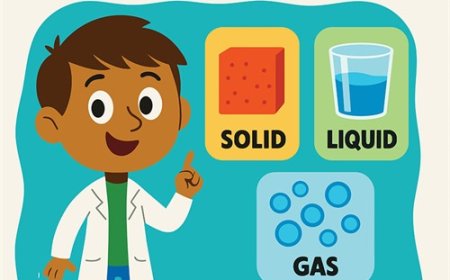Safety with Electricity for Students – Indoor Outdoor and Emergency Tips
Learn important indoor outdoor and emergency safety rules for using electricity including tips to prevent shocks fires and accidents with student friendly examples
⚡ Safety with Electricity
🌟 Introduction
Electricity is one of the most useful forms of energy in our daily lives, but it can also be very dangerous if not handled properly. It can heat our homes, power our devices, and keep our food fresh - yet it can also cause burns, fires, and serious injuries. That's why understanding electrical safety is just as important as understanding how electricity works.
Every year, accidents happen because people use electricity carelessly or without knowing the risks. By learning basic safety rules, both indoors and outdoors, we can protect ourselves, our families, and our property. Whether you're plugging in a phone charger or walking past power lines after a storm, knowing what to do (and what not to do) can save lives.
🏠 Household Electrical Safety
-
Never touch electrical outlets or plugs with wet hands.
-
Do not overload outlets with too many devices.
-
Keep cords in good condition - replace any frayed or damaged ones.
-
Unplug appliances before cleaning them.
-
Use outlet covers in homes with young children.
🌳 Outdoor Electrical Safety
-
Stay far away from fallen power lines and tell an adult or call emergency services.
-
Never climb trees or fly kites near power lines.
-
Keep electrical tools and cords away from water.
-
Stay inside during thunderstorms to avoid lightning strikes.
🚨 What to Do in an Electrical Emergency
-
If someone is being shocked, do not touch them directly - turn off the power first or use a non-conductive object like wood to move them away.
-
Call emergency services immediately.
-
If an electrical fire starts, use a Class C fire extinguisher - never use water.
📚 Vocabulary Words
-
Electrical Safety - Rules and practices to prevent harm from electricity.
-
Overload - Putting too much electrical demand on a circuit or outlet.
-
Non-Conductive - A material that does not allow electricity to pass through.
-
Class C Fire Extinguisher - A fire extinguisher designed for electrical fires.
-
Power Line - Wires that carry high-voltage electricity over long distances.
✨ Fun Facts
-
Birds can sit safely on power lines because they are not touching the ground, so electricity has no path to flow through them.
-
Lightning can strike the same place more than once - tall buildings often get hit multiple times a year.
-
The plastic coating on wires isn't just for neatness - it's a safety barrier to prevent shocks.
📌 Key Takeaways
-
Electricity is useful but can be dangerous if misused.
-
Indoor safety includes avoiding water near electricity, checking cords, and not overloading outlets.
-
Outdoor safety means staying away from power lines, using caution in storms, and keeping electrical tools dry.
-
In emergencies, turn off the power and call for help before touching someone being shocked.
🖱 Interactive Multiple-Choice Quiz
1. Why should you never touch electrical devices with wet hands?A) It makes them work slowerB) Water increases the risk of electric shock C) It makes them overheatD) It causes more current to flow
2. What should you do if you see a fallen power line?A) Move it yourselfB) Call emergency services C) Throw water on itD) Step over it
3. Which fire extinguisher is used for electrical fires?A) Class AB) Class BC) Class C D) Class D
4. Why can birds safely sit on power lines?A) Their feet are insulatedB) They are too smallC) They are not touching the ground D) They move too quickly
5. What is the first step if someone is being shocked?A) Pull them away with your handsB) Turn off the power C) Throw water on themD) Shout loudly






















































